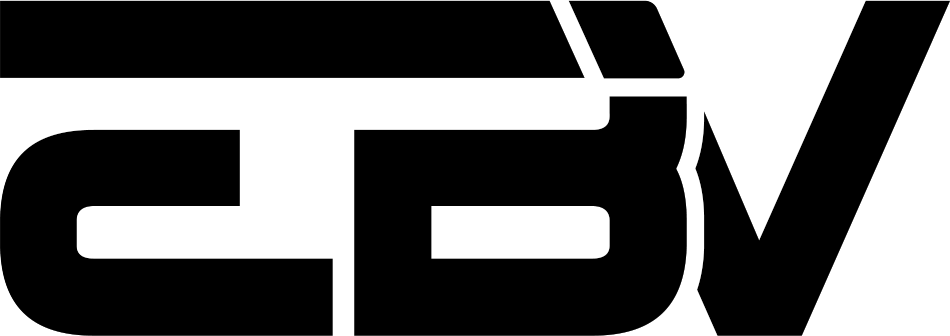Warranty
Key Components of a Warranty
Coverage
The warranty specifies what is covered and what is excluded.
Covered Items: This typically includes defects in materials or workmanship, or failure to meet the specifications promised.
Exclusions: It may exclude damages caused by misuse, improper handling, or accidents, such as wear and tear.
Duration
The warranty defines the length of time it is valid.
Limited Warranty: Typically lasts for a set period (e.g., 1 year, 3 years, etc.).
Lifetime Warranty: Covers the product for as long as the buyer owns it.
Extended Warranty: Provides additional coverage beyond the initial warranty period for an extra cost.
Warranty Type
Express Warranty: A specific written promise made by the seller or manufacturer regarding the quality of the product, such as a guarantee that it will work for a certain period or perform in a particular way.
Implied Warranty: An unwritten warranty that arises by law, guaranteeing that the goods are fit for ordinary use, even if not explicitly stated in the agreement.
In many jurisdictions, goods sold must meet a minimum standard of quality and performance, which is covered by an implied warranty.
Claim Process
The warranty will outline how the buyer can make a claim if a defect occurs.
Contact Information: Details of how to contact the manufacturer or seller (e.g., phone, email, website).
Proof of Purchase: The buyer may need to provide a receipt or order number to verify the warranty claim.
Inspection/Assessment: The seller or manufacturer may require the buyer to send the defective product for inspection or to provide documentation.
Repair/Replacement: If the warranty claim is valid, the seller will repair, replace, or refund the product.
Repair or Replacement
Defines whether the seller will repair the defective item, provide a replacement, or offer a refund.
Repair: The item is fixed at no additional cost.
Replacement: The defective product is replaced with a new or refurbished item.
Refund: If the product cannot be repaired or replaced, the buyer may receive a full or partial refund.
Transferability
The warranty may or may not be transferable to other owners. Some warranties are void if the product is sold or transferred to another party, while others may allow the warranty to transfer to the new owner.
Limitations and Exclusions
The warranty will often have certain conditions and limitations:
Scope of Use: Warranties may only apply if the product is used under normal conditions, as specified by the manufacturer.
Misuse and Accidents: Damage due to misuse, neglect, accidents, or unauthorized repairs may void the warranty.
Third-party Parts or Services: The warranty may exclude repairs made by third parties not authorized by the manufacturer.
Warrantor Responsibilities
Specifies the seller or manufacturer’s obligations under the warranty.
This includes handling the product issue within a certain timeframe, providing parts and labor, and ensuring compliance with the terms.
Buyer Responsibilities
Details any actions required by the buyer, such as proper use of the product, following maintenance guidelines, or returning the product in a specific condition.


